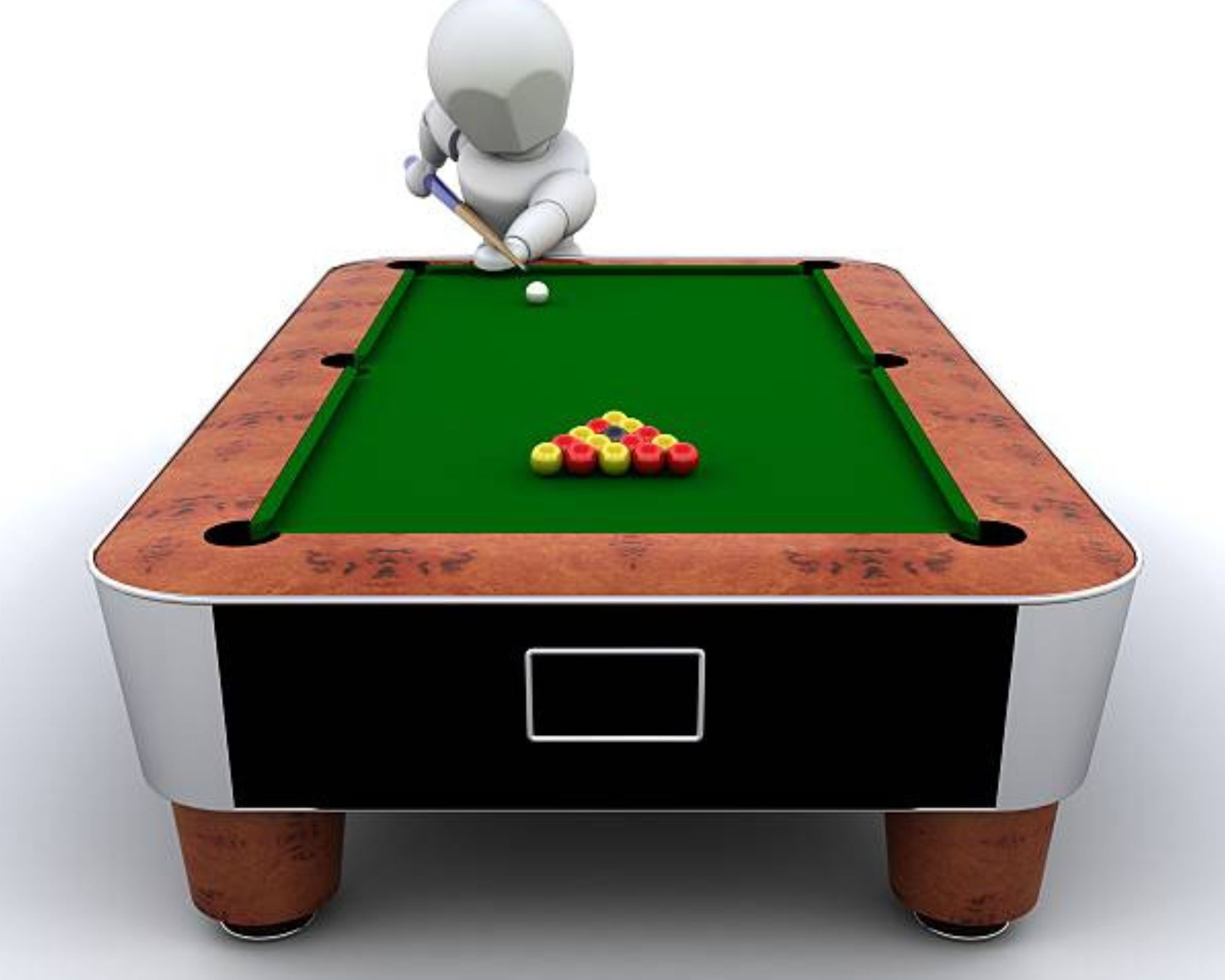Introduction
Continuing our previous discussion, understanding the most popular pool table size helps make an informed decision. The 8-foot table remains a favorite among many, but let’s explore why and delve into the specifics of setup and maintenance.
Detailed Analysis of Pool Table Sizes
In this section, we’ll take a closer look at the different pool table sizes, providing insights into their unique characteristics and best practices for setup.
Bar Size Pool Tables (7 feet)
Bar-size tables are great for casual environments. Here’s a deeper look into why they might be the perfect choice for some.
Playing Surface: 39 inches by 78 inches
Setup Tips:
- Ensure you have at least 13 feet by 16 feet of space.
- Use shorter cues if space is extremely tight.
- Consider the placement of lighting to avoid shadows.
Maintenance:
- Regularly check for levelness as smaller tables can be more sensitive to uneven surfaces.
- Clean the felt surface to maintain smooth play.
Advantages of Bar Size Tables
Bar-size tables are often preferred in settings where space is at a premium. Their smaller size makes them easier to integrate into compact areas without compromising on fun.
Key Points:
- Easier installation and relocation
- Faster-paced games suited for casual play
- Lower cost compared to larger tables
Standard Size Pool Tables (8 feet)
The standard-size pool table strikes a balance between playability and space requirements, making it the most popular choice for home use.
Playing Surface: 44 inches by 88 inches
Setup Tips:
- Ensure you have at least 13 feet by 17 feet of space.
- Position the table centrally to allow for optimal movement around it.
- Install adequate lighting directly above the table.
Maintenance:
- Keep the table covered when not in use to prevent dust accumulation.
- Periodically check the table’s level and adjust as necessary.
- Clean the balls regularly to maintain smooth play.
Optimizing Your Pool Table Setup
Having the right pool table size is just the beginning. Proper setup and maintenance are crucial for enhancing your playing experience.
Room Preparation
Before setting up your pool table, ensure your room is prepared adequately.
Steps to Follow:
- Measure Your Space: Double-check the dimensions to confirm enough room for the table and players.
- Flooring: Ensure the floor is level and sturdy enough to support the weight of the table.
- Lighting: Install appropriate lighting above the table to minimize shadows and glare.
Table Assembly
Proper assembly of your pool table is essential for optimal performance.
Assembly Tips:
- Follow the manufacturer’s instructions carefully.
- Use a level during assembly to ensure the table is perfectly flat.
- Secure the legs and frame tightly to prevent wobbling.
Maintenance Tips for Longevity
Regular maintenance can significantly extend the life of your pool table and ensure a consistent playing experience.
Felt Care
The felt surface of your pool table is crucial for smooth play.
Tips:
- Brush the felt regularly to remove dust and debris.
- Avoid spilling liquids on the table. If spills occur, clean them immediately.
- Rotate the felt occasionally to prevent uneven wear.
Rail and Pocket Maintenance
The rails and pockets also require attention.
Tips:
- Check the rails for firmness and replace any worn-out cushions.
- Clean the pockets to prevent the buildup of dirt and debris.
- Inspect the netting of the pockets for tears and repair as needed.
Conclusion
Understanding the different pool table sizes and how to set them up properly can greatly enhance your enjoyment of the game. The 8-foot table remains the most popular choice due to its balance of space and playability, but each size has its unique benefits. By following the setup and maintenance tips provided, you can ensure your pool table remains in excellent condition for years to come.
